Media coverage of the publication of the new NICE guideline in the UK was impressive in its geographical spread and range of publications who reported on the story. The volume of articles shows the importance of the new guideline and highlights the increased awareness of the issues amongst the UK media.
#MEAction UK volunteers are delighted that so many publications included extracts from our press release. We spent a lot of time and energy in preparing the press release and sending it out to the UK media and it seems that our efforts paid off! Huge thanks to Rachel Elliot and Sian Leary who brought the ME patient experience to the story by providing quotes.
Stories appeared on the BBC News online, all the major national daily broadsheet newspapers, local newspapers across England and a range of journals for health professionals. We were pleased that so many articles included #MEAction UK’s press release and have pulled together this summary of the UK coverage in case you missed anything!
On the whole the articles were supportive of the guideline and, as well as including our release, often included extracts from a statement from NICE announcing the publication of the guideline and from a statement from Forward-ME, the coordinating body for ME organisations in the UK, including #MEAction UK. On the downside, many articles included comments from the Science Media Centre who had published quotes from leading PACE trial supporters who wanted to see the continuation of graded exercise therapy as treatment for ME.
National reporting
BBC News were quick off the mark, posting an article early in the morning of the day of publication. #MEAction UK’s press release is quoted in the story Chronic fatigue syndrome advice scraps exercise therapy – BBC News
The Guardian, iNews and the Independent articles on the guideline all used extracts from our press release and are publicly available. The Times and Daily Telegraph also covered the story, but these articles are not available for public access as they are behind a paywall.
Our press release even made it onto a Spanish national news site.
Local reporting
We’d like to give a particular shout out to Manchester World who feature #MEAction UK volunteer Adam Lowe. Adam has spent the last three years on the guideline committee working tirelessly to ensure that the guideline reflected patient experience and accurately assessed the evidence demonstrating graded exercise therapy should not be used. His story appears in this article.
Our farthest flung UK article was from the Isle of Wight, but #MEAction UK’s press release was also picked up by Jamie Jones, a reporter for the regional newspaper group, Newsquest, and her article appeared in local papers in Bradford, Lancashire, Largs and Millport, North East England, York, and Wiltshire/Gloucestershire.
Healthcare news
It was particularly heartening to see the publication of the new guideline immediately covered in journals that are read by healthcare professionals. Articles were published by the National Health Executive, the Nursing Times, and Pulse Today. Medscape and the BMJ also published articles which are only available to registered doctors/health professionals.
Most of these professional journals used the official NICE press release as the main content, and some gave coverage to the concerns about the new guideline. We hope that this is the start of a wider campaign to make health professionals aware of the new recommendations and we will be working to amplify our message to all healthcare professionals in the near future.
What’s next?
Details will be announced shortly of more campaigns and opportunities to understand the guideline in detail.
We’d love to get more coverage of the guideline, so if you have any personal contacts with the media, including your local newspaper or radio station, please get in touch and let us know by emailing [email protected].
Take a moment to thank the committee members who fought for the major imrpovement in this guideline over the past three years.
Learn more about what led to this new ME/CFS guideline, and the changes that will make a difference to people with ME not just in the UK, but across the globe.
Additional statements from other organisations
The British Association of CFS/ME (BACME), the UK’s professionals organisation for those involved in delivering care to people with ME/CFS, welcomes the new guideline:
BACME Press Statement NICE Guideline publication Oct 2021.pdf
Physios for ME:
NICE Publish new Guidelines (physiosforme.com)
Science Media Centre:





